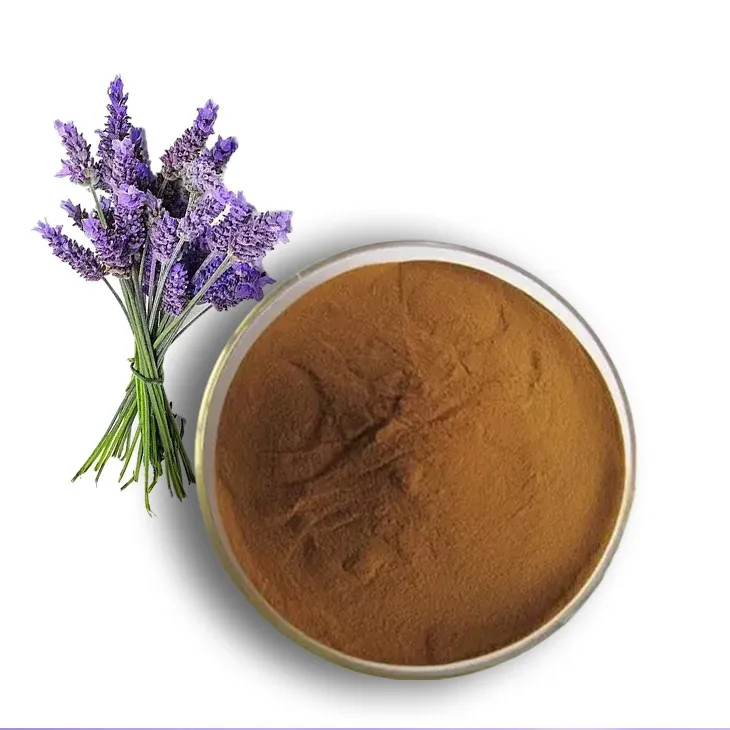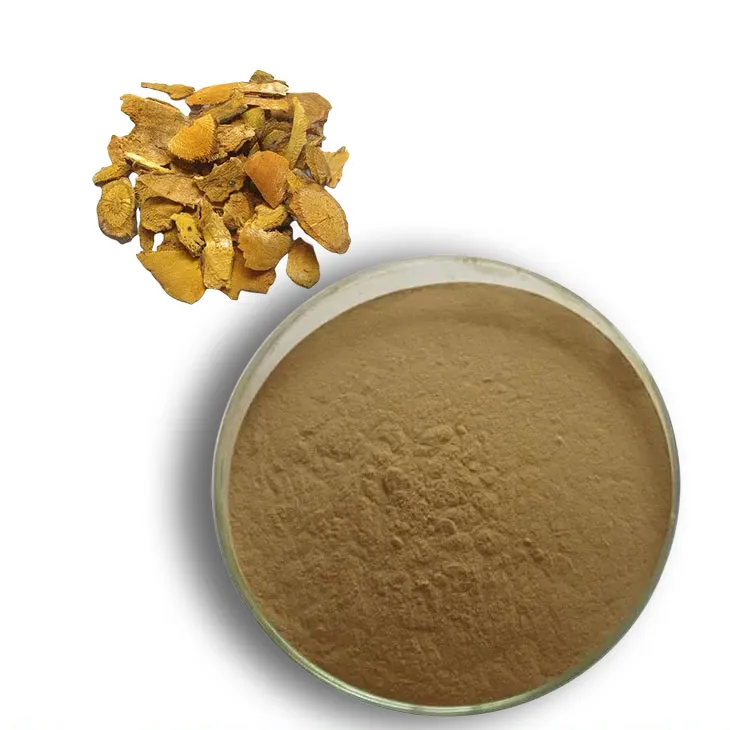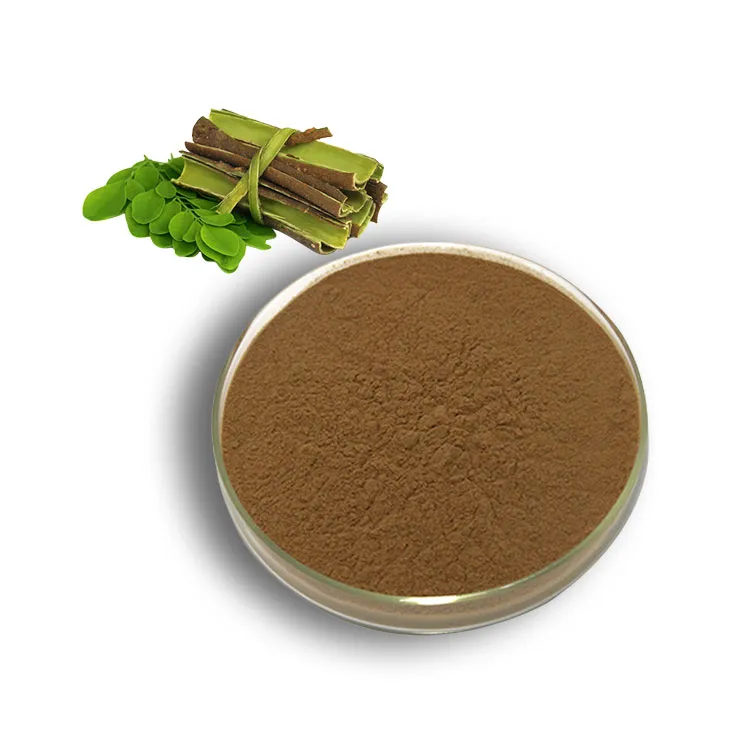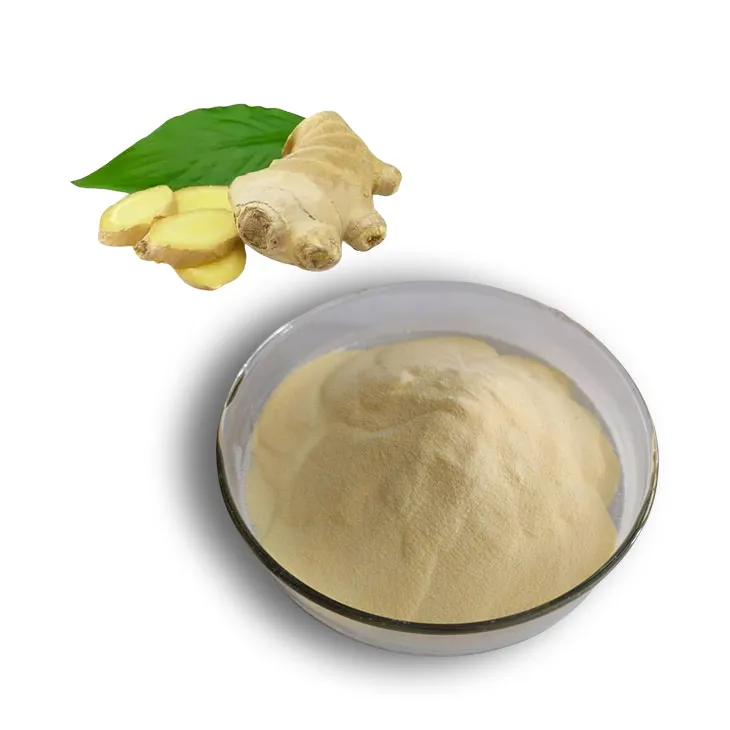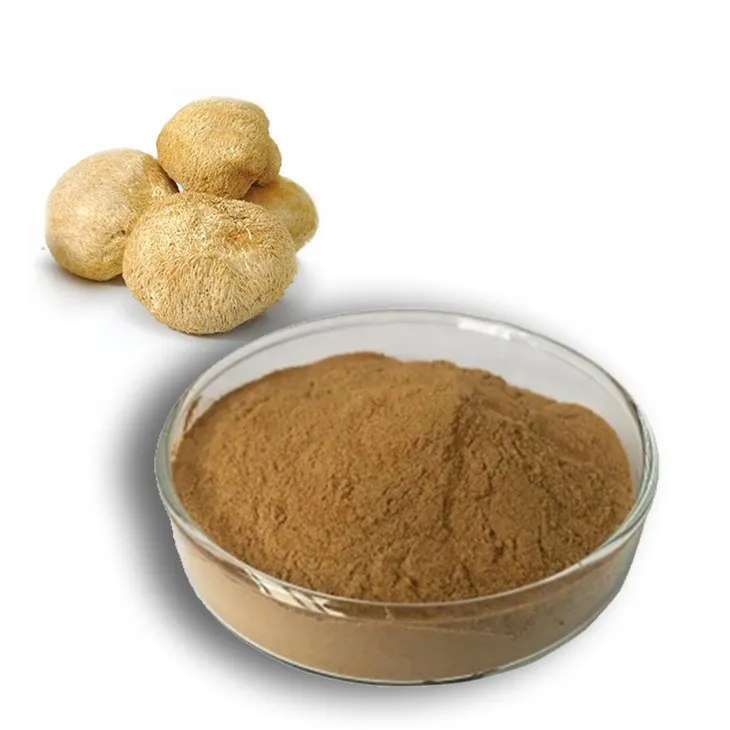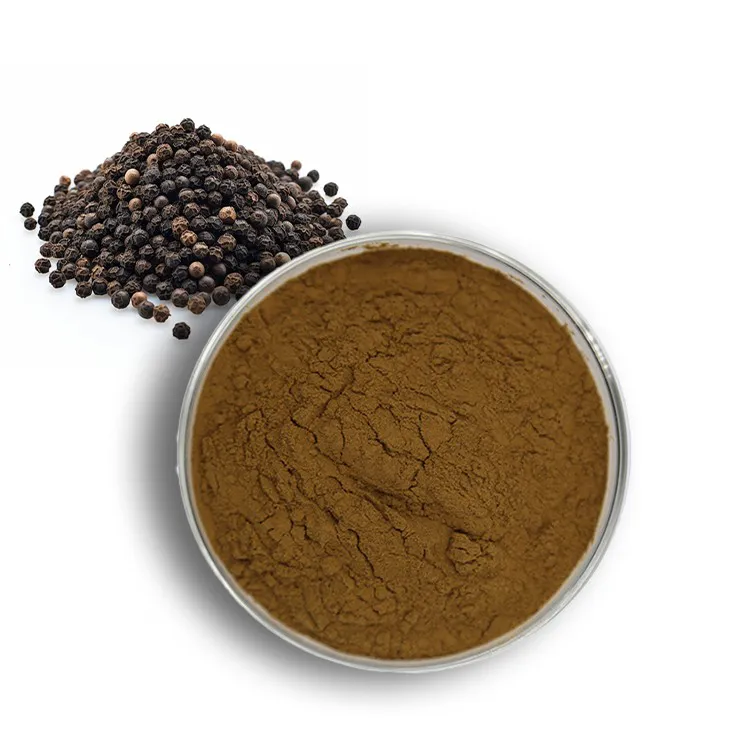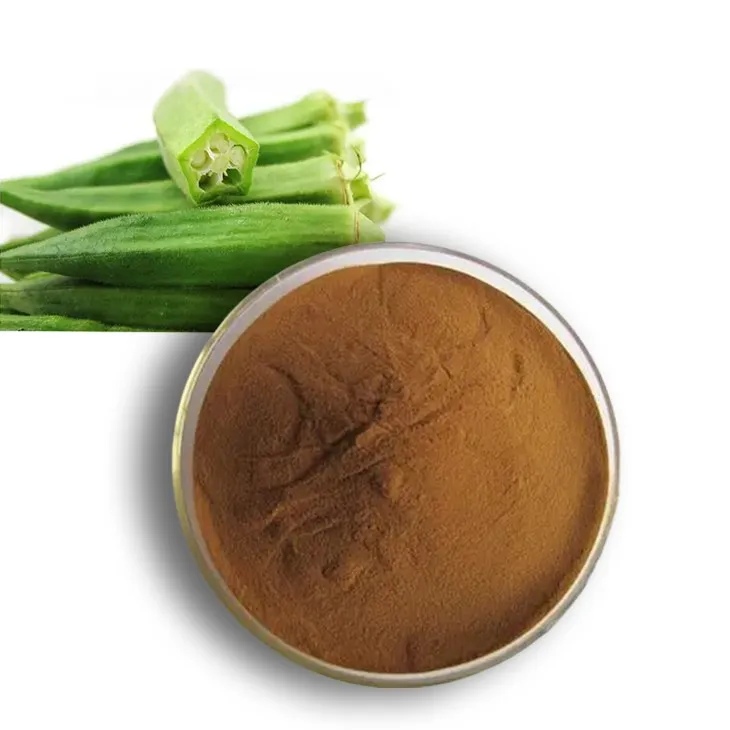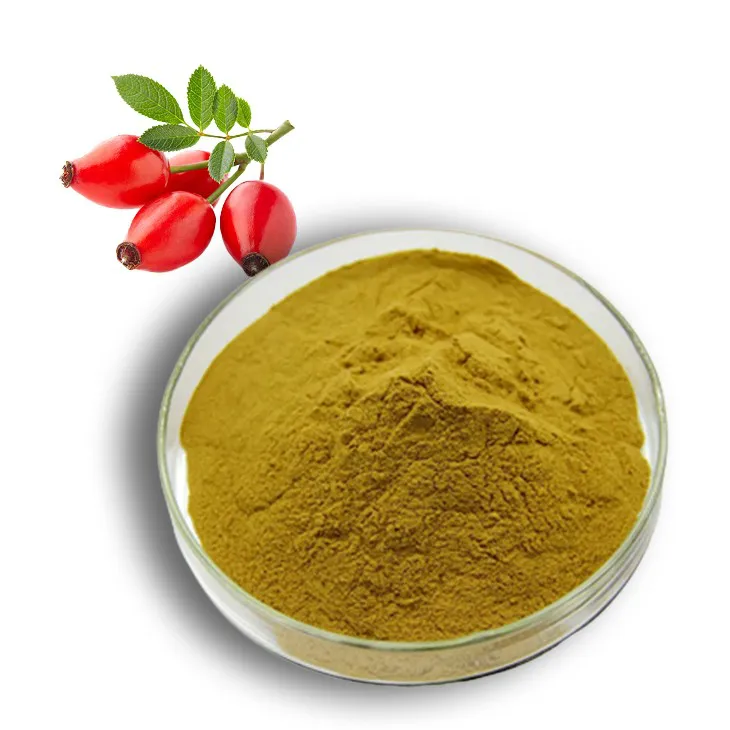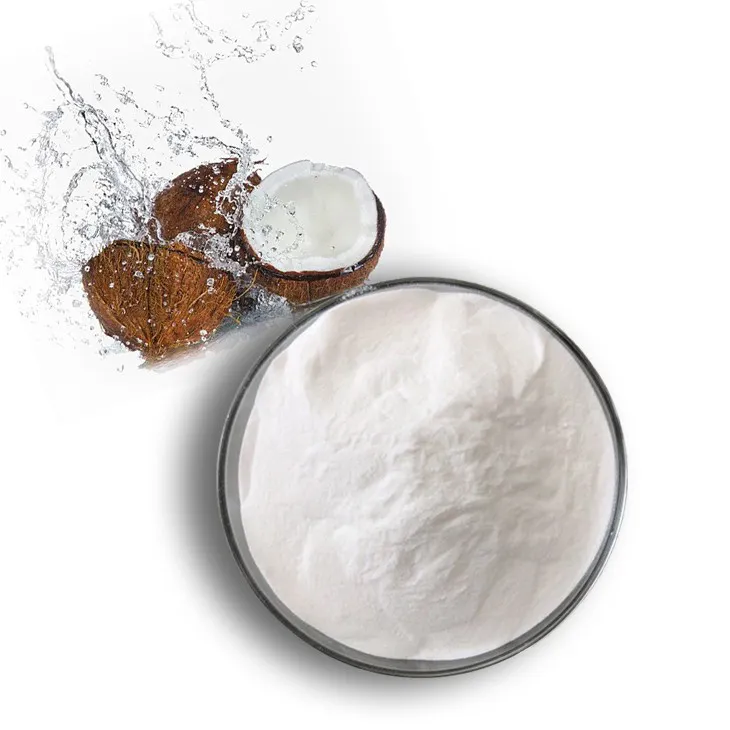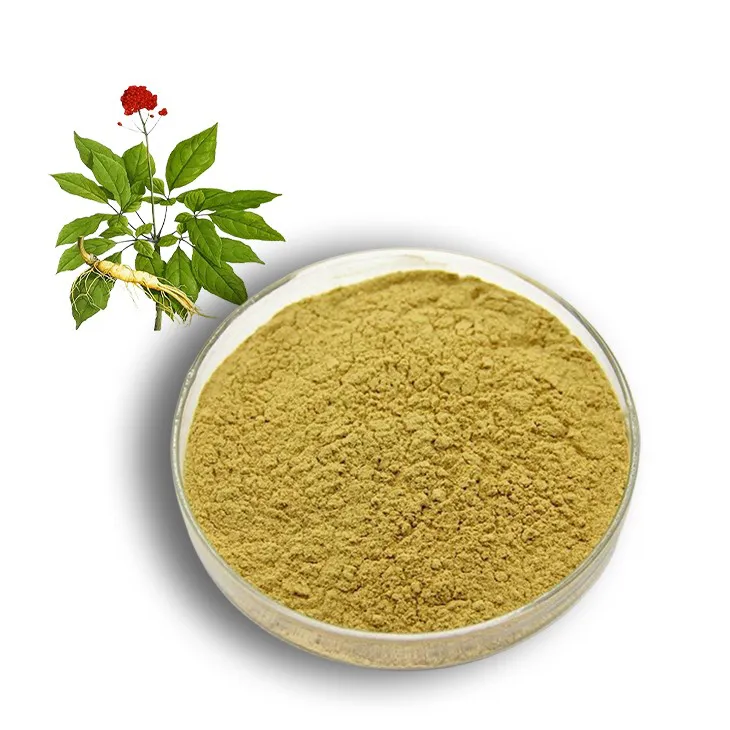- 0086-571-85302990
- sales@greenskybio.com
Eating Red Rice Daily: Benefits and Considerations
2025-07-08
Red rice, an unpolished whole grain with a distinctive reddish hue, is gaining popularity due to its impressive nutritional profile and potential health benefits. Consuming red rice daily can have various effects on your body, thanks to its rich content of nutrients and bioactive compounds. To understand what happens if you incorporate red rice into your daily diet, let's explore its benefits, nutritional components, and considerations one should keep in mind.
Nutritional Profile of Red Rice
Red rice is celebrated for its nutrient density. It is packed with essential nutrients, including fiber, vitamins, and minerals. One of the standout features of red rice is its high anthocyanin content, the same antioxidant compound that gives blueberries and blackberries their vibrant color. Anthocyanins are known for their anti-inflammatory and antioxidant properties, which contribute to various health benefits.
A typical serving of cooked red rice (approximately one cup) contains about 200 calories and provides a wealth of nutrients such as:
- Complex carbohydrates for sustained energy
- Dietary fiber, contributing to improved digestion and heart health
- Essential minerals like iron, zinc, and magnesium
- Vitamin B6, which plays a crucial role in metabolism
- Protein, essential for muscle maintenance and repair
Potential Health Benefits of Eating Red Rice Daily
1. Improved Heart Health
Red rice is rich in fiber and antioxidants, both of which benefit cardiovascular health. Regular consumption can help lower cholesterol levels, reduce inflammation, and decrease the risk of heart disease. The fiber content aids in reducing LDL ("bad") cholesterol, promoting better heart health. Additionally, the presence of magnesium in red rice helps regulate blood pressure, further supporting cardiovascular wellness.
2. Weight Management
The high fiber content in red rice can also be beneficial for weight management. Fiber aids in promoting feelings of fullness, which can help control appetite and reduce overall calorie intake. By incorporating red rice into meals, individuals may find it easier to maintain a healthy weight or support weight loss efforts.
3. Enhanced Digestive Health
Fiber plays a vital role in maintaining digestive health, and red rice is a rich source of dietary fiber. Consuming fiber daily helps regulate bowel movements, prevents constipation, and supports a healthy gut microbiome. This not only aids digestion but also contributes to overall health by enabling better nutrient absorption and reducing the risk of digestive disorders.
4. Antioxidant and Anti-Inflammatory Benefits
The anthocyanins in red rice provide antioxidant and anti-inflammatory effects, which can protect against cellular damage and reduce the risk of chronic diseases. By neutralizing free radicals, these antioxidants help diminish oxidative stress, potentially lowering the risk of conditions such as cancer, heart disease, and neurodegenerative diseases.
5. Improved Blood Sugar Control
Unlike refined grains, red rice has a low glycemic index, meaning it causes a slower, more gradual increase in blood sugar levels. This makes it an excellent choice for individuals looking to manage their blood sugar levels, particularly those with diabetes or insulin resistance. The presence of complex carbohydrates in red rice ensures sustained energy without causing spikes in glucose levels.
Considerations and Potential Downsides
While daily consumption of red rice offers numerous health benefits, there are a few considerations to keep in mind:
1. Arsenic Content
Like other whole grains, red rice may contain trace amounts of arsenic, a naturally occurring element that can be toxic at high levels. To minimize arsenic exposure, it's advisable to vary your grain intake and consider washing red rice thoroughly before cooking. Using a greater water-to-rice ratio and draining the excess water can also help reduce arsenic levels.
2. Phytic Acid
Red rice contains phytic acid, an antinutrient that can inhibit the absorption of minerals like iron and zinc. While not a concern for most healthy individuals with diverse diets, excessive consumption of phytic acid-rich foods without balance might impact mineral absorption. Soaking or fermenting red rice before cooking can help reduce phytic acid levels and enhance mineral availability.
3. Caloric Intake
While nutritious, red rice is a calorie-dense food. If consumed in large quantities, it can contribute to weight gain if not balanced with physical activity and other dietary components. Portion control and balanced meal planning are key to reaping the benefits of red rice without increasing caloric intake excessively.
4. Allergic Reactions
Though rare, some individuals may have allergies or sensitivities to rice. If you experience any adverse reactions after consuming red rice, it's important to consult a healthcare professional.
Conclusion
Incorporating red rice into your daily diet can provide numerous health advantages, from improved heart health and digestion to better weight management and antioxidant protection. However, as with any dietary change, moderation and balance are crucial. By being mindful of portion sizes and complementing red rice with a variety of other nutrient-rich foods, you can enjoy the benefits while minimizing potential downsides. Embracing the daily consumption of red rice, when combined with a holistic approach to nutrition, can contribute to enhanced well-being and a healthier lifestyle.
- ▶ Hesperidin
- ▶ Citrus Bioflavonoids
- ▶ Plant Extract
- ▶ lycopene
- ▶ Diosmin
- ▶ Grape seed extract
- ▶ Sea buckthorn Juice Powder
- ▶ Fruit Juice Powder
- ▶ Hops Extract
- ▶ Artichoke Extract
- ▶ Mushroom extract
- ▶ Astaxanthin
- ▶ Green Tea Extract
- ▶ Curcumin
- ▶ Horse Chestnut Extract
- ▶ Other Product
- ▶ Boswellia Serrata Extract
- ▶ Resveratrol
- ▶ Marigold Extract
- ▶ Grape Leaf Extract
- ▶ New Product
- ▶ Aminolevulinic acid
- ▶ Cranberry Extract
- ▶ Red Yeast Rice
- ▶ Red Wine Extract
-
Lavender Extract
2025-07-08
-
Polygonum Cuspidatum Extract
2025-07-08
-
White Willow Bark Extract
2025-07-08
-
Ginger Extract
2025-07-08
-
Hericium erinaceus extract powder
2025-07-08
-
Black Pepper Extract
2025-07-08
-
Okra Extract
2025-07-08
-
Rose Hip Extract
2025-07-08
-
Coconut Water Powder
2025-07-08
-
Panax Ginseng Leaf Extract
2025-07-08











